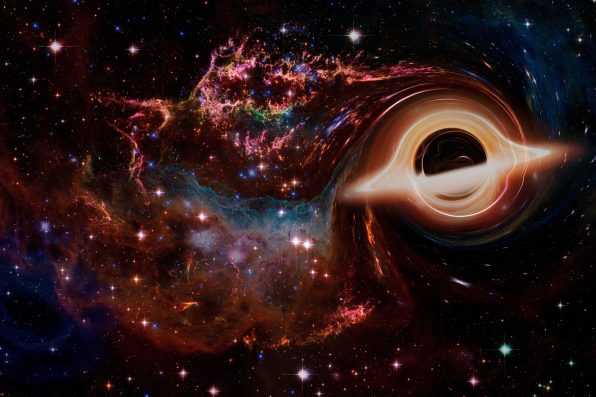About 30 years ago, researchers discovered a group of 100 or so stars known as the S-cluster. These stars were orbiting at high speeds very near the heart of the Milky Way’s supermassive black hole, Sagittarius A* (Sgr A*).
At first, their movements seemed random, but a new study has compared them to bees swarming around a hive.
The S-stars are all less than 100 million years old, which is considered to be relatively young in terms of the cosmos. They are located within a few light-years from the black hole.
Gravity causes the stars to zoom through space at speeds of more than 2.2 million miles per hour—approximately five times faster than the sun travels through the Milky Way.
Previously, it was believed that only the oldest, dimmest stars in the galaxy should be found in the immediate vicinity of an extremely large black hole. Now, scientists have realized that their theories may have been wrong.
Furthermore, in the past decade, they have also observed a dozen more entities called young stellar objects (YSOs) dancing around the S-stars. They are only a few million years old and are not fully formed, yet they can move just as fast as the S-stars.
The first one was detected in 2012. It was assumed to be a cloud of gas that the supermassive black hole had sucked up. However, a growing body of evidence has shown that it was likely a YSO surrounded by a cloud of dust.
“The S-stars were found to be surprisingly young,” Florian Peißker, the lead author of the study and an astrophysicist at the University of Cologne in Germany, said. “According to conventional theories, the additional presence of a stellar kindergarten composed of YSOs is completely unexpected.”
In the new study, researchers analyzed the movements of some S-stars and the YSOs to determine their orbital patterns around Sgr A*. At first glance, their activity appeared to be chaotic and haphazard, but further examination showed that their patterns followed an organized arrangement.

Sign up for Chip Chick’s newsletter and get stories like this delivered to your inbox.


